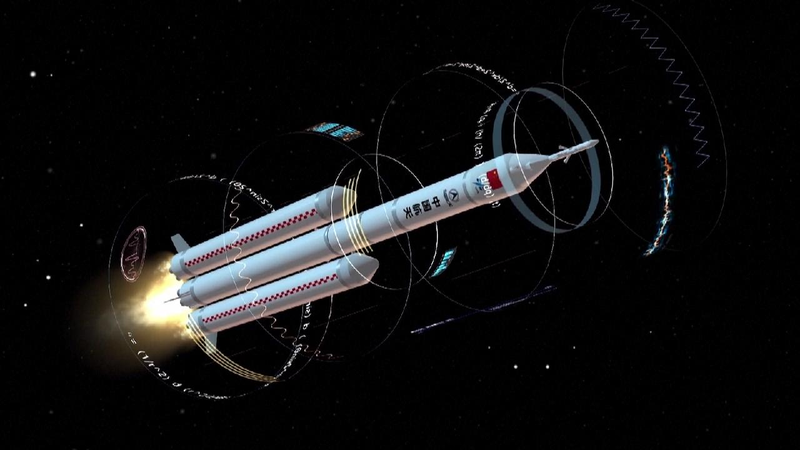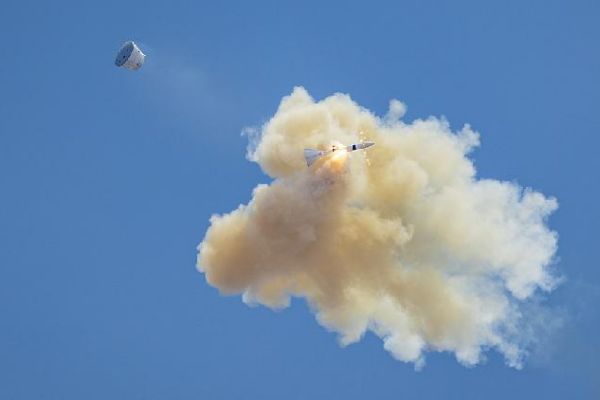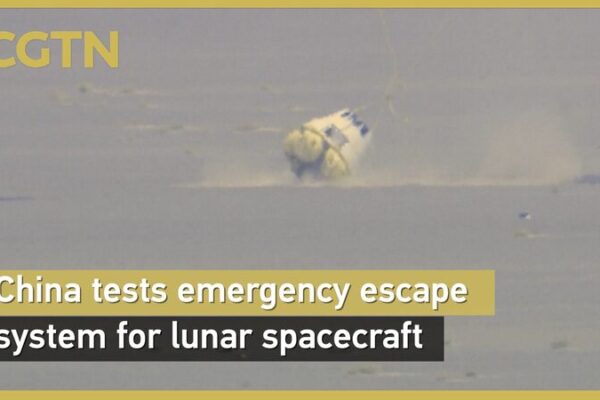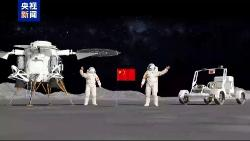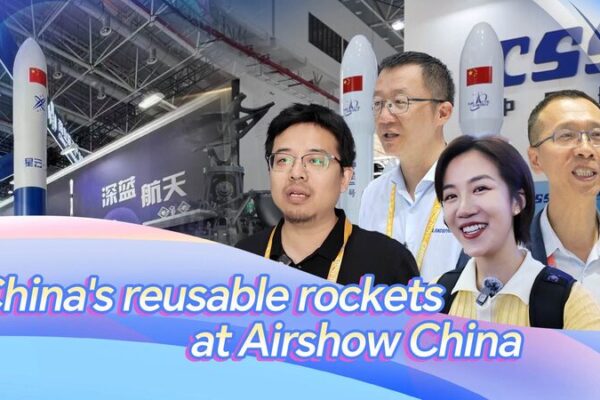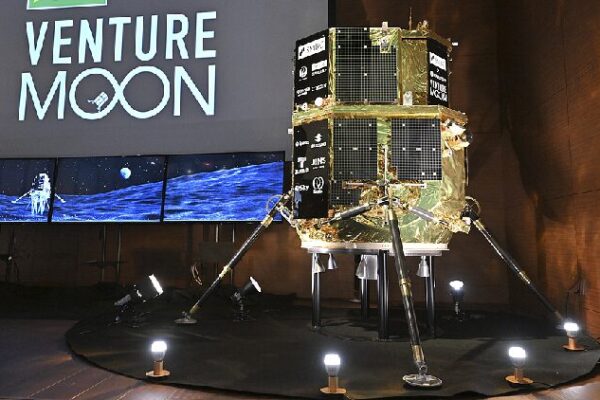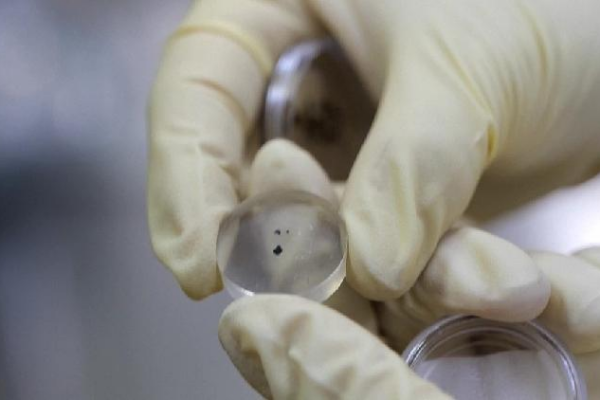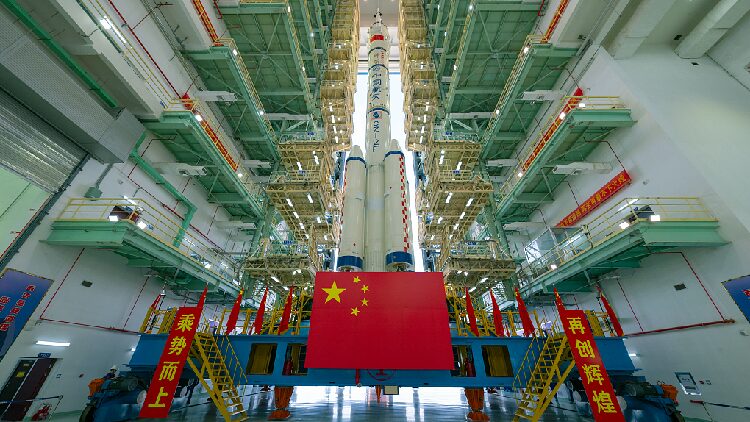China’s ambitious lunar dreams are soaring closer to reality as the Long March-10 carrier rocket series successfully completed a crucial fairing separation test. This milestone brings China a step nearer to landing astronauts on the moon by 2030.
The China Academy of Launch Vehicle Technology (CALT), the developer of the Long March-10 rockets, announced that the fairing separated smoothly at the planned time under predetermined conditions. “All tested parameters met our design requirements,” CALT representatives stated. “The test verified the rationality of the design and interface coordination.”
Fairing separation is a critical phase in rocket launches, as the fairing protects the spacecraft from the intense conditions during ascent, such as high-speed airflow and atmospheric friction. The successful separation ensures that the spacecraft can safely proceed into space once it exits the Earth’s atmosphere.
During the test, both the height and diameter of the fairing were five meters, marking a new configuration developed specifically for the Long March-10 series. This innovative design aims to enhance the rocket’s performance and reliability.
The Long March-10 series has also passed several large-scale tests, including a sub-stage power system test. These achievements collectively validate the reliability of the entire system and provide valuable data for future developments.
CALT emphasized its commitment to continue comprehensive verification of each system design. With each successful test, China moves closer to its goal of sending astronauts to the moon, marking a significant milestone in space exploration.
Reference(s):
China's Long March-10 carrier rocket passes fairing separation test
cgtn.com
